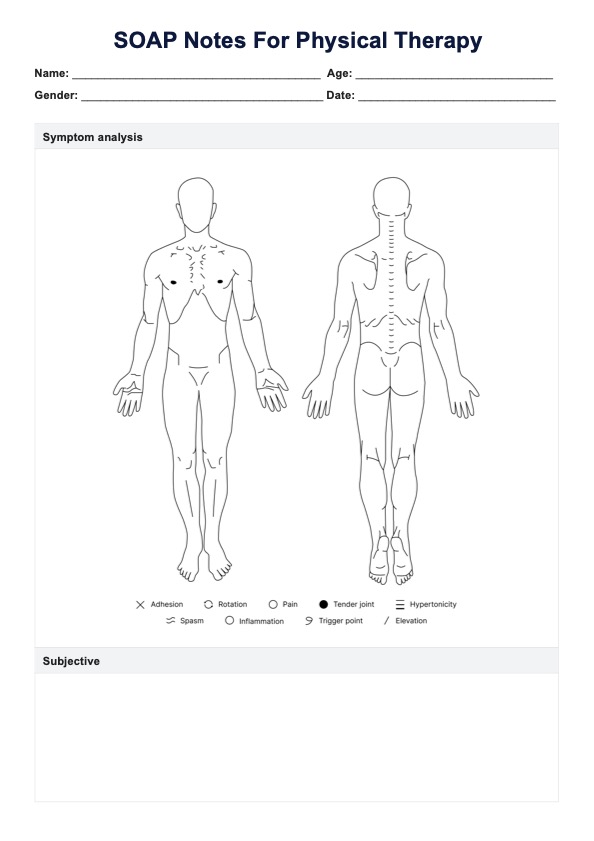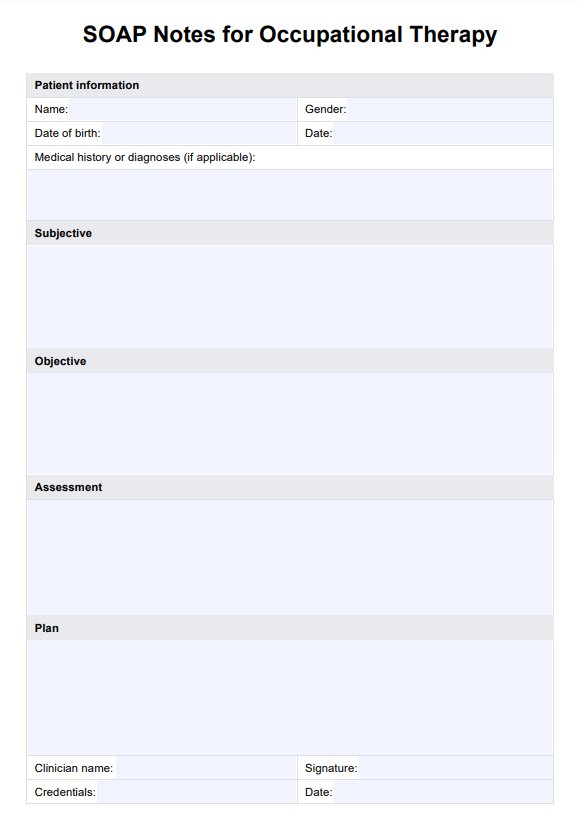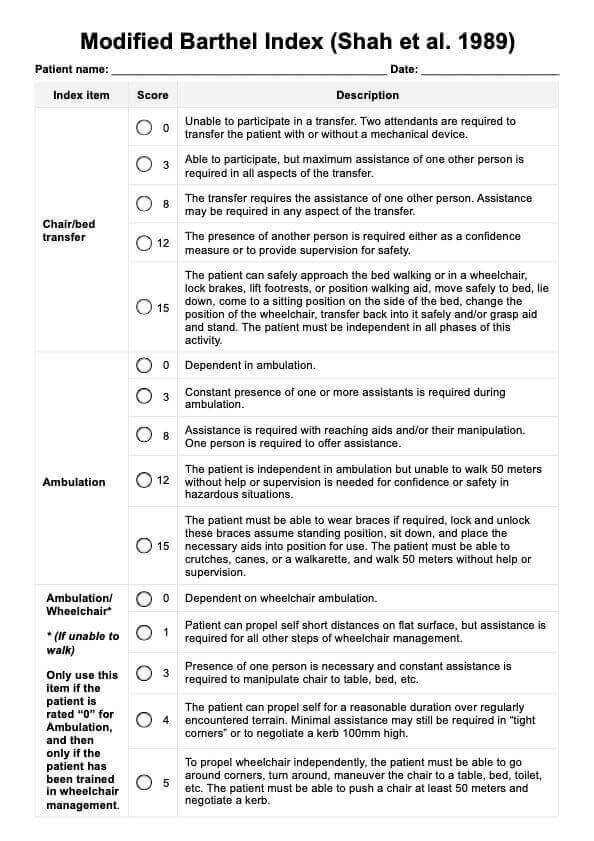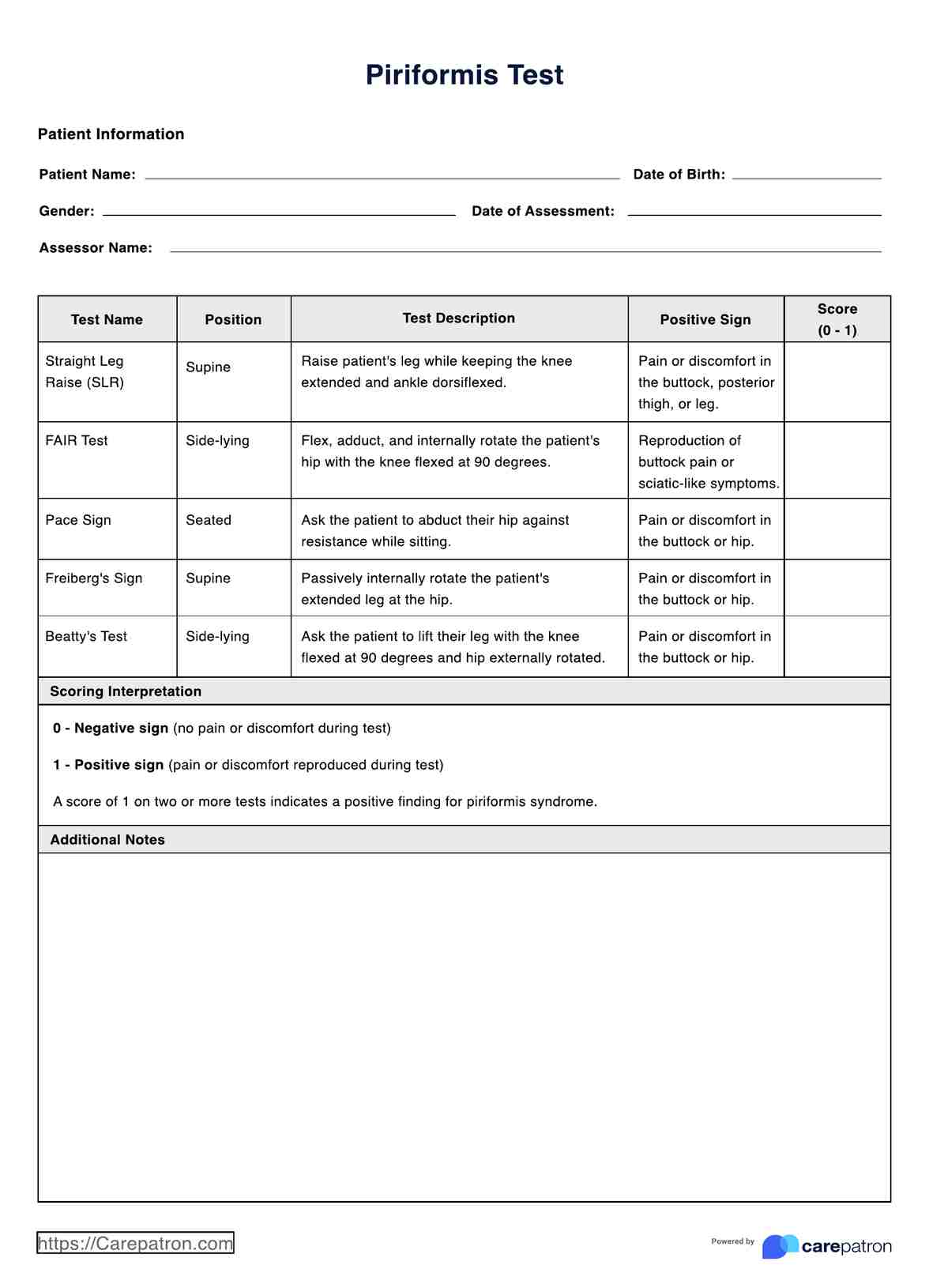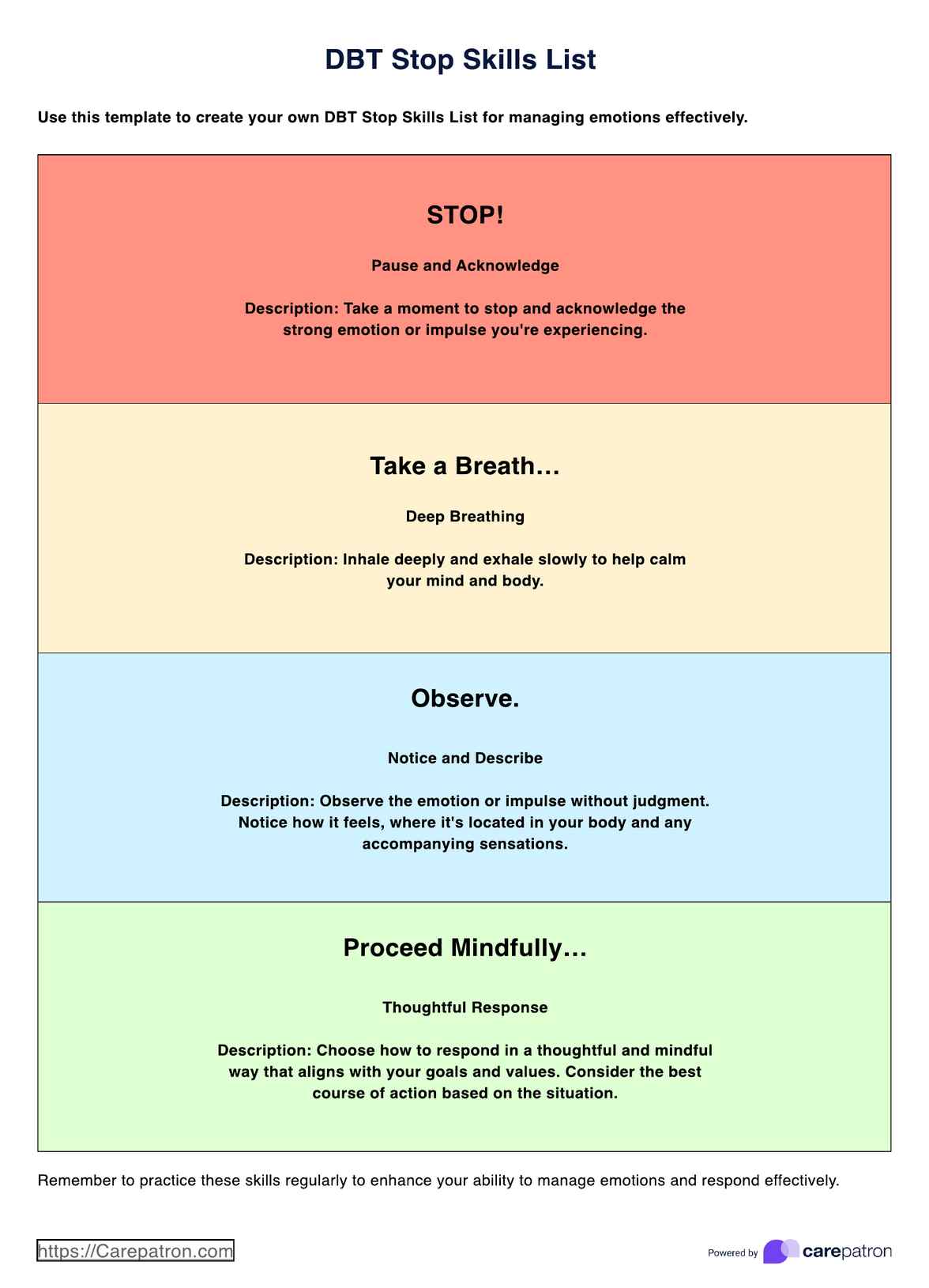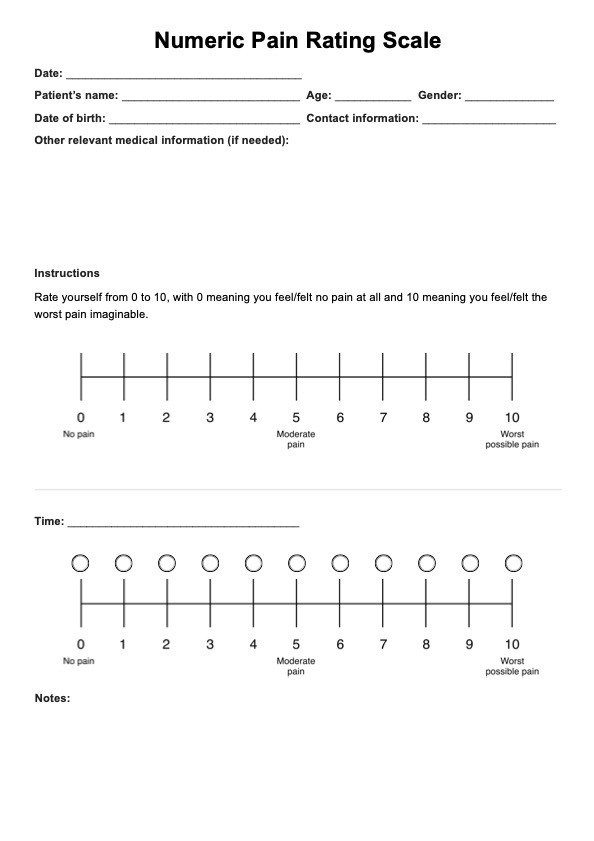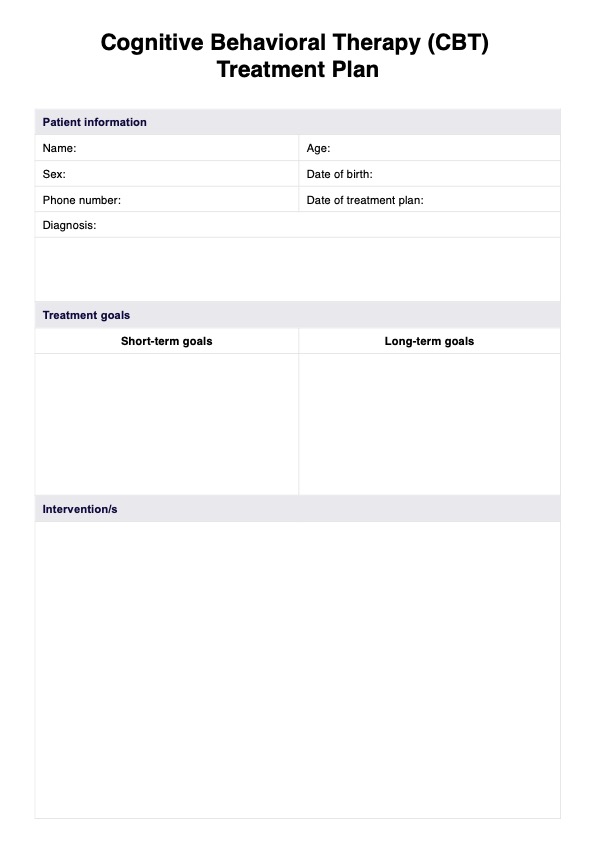Functional Independence Measure
Discover how the Functional Independence Measure (FIM) helps healthcare providers evaluate a patient's level of independence and plan for their care.


What Is a Functional Independence Measure (FIM)?
The is a standardized assessment tool used to measure a patient's level of functional independence across various domains, including self-care, mobility, and communication. The FIM was developed by the Uniform Data System for Medical Rehabilitation (UDSMR) and is commonly used in healthcare settings to evaluate a patient's progress over time, track outcomes, and aid in discharge planning.
The FIM consists of 18 items scored on a 7-point Likert scale, ranging from complete dependence to complete independence. The items are grouped into two subscales: Motor and Cognitive. The Motor subscale evaluates a patient's ability to perform physical tasks such as grooming, eating, and walking, while the Cognitive subscale assesses a patient's cognitive skills, such as comprehension, expression, and problem-solving.
The FIM provides valuable information for healthcare providers to develop individualized treatment plans, establish goals, and track progress. The assessment results also help healthcare professionals determine the appropriate level of care and services needed for a patient, including rehabilitation, home health services, or assisted living.
Functional Independence Measure Template
Functional Independence Measure Example
How Does This Functional Independence Measure Work?
As previously mentioned, the Functional Independence Measure (FIM) is an 18-item assessment tool that evaluates a patient's level of functional independence in self-care, mobility, communication, and social cognition. It is commonly used in healthcare settings to guide treatment planning and track a patient's progress. In this section, we will provide a step-by-step guide on how the Functional Independence Measure works, from selecting the appropriate assessment setting to interpreting the results and using them to guide treatment planning.
Step 1: Select the Appropriate Assessment
Setting Choose an appropriate setting for the Functional Independence Measure assessment, such as acute care hospitals, rehabilitation facilities, long-term care facilities, or home health agencies.
Step 2: Obtain Consent from the Patient or Caregiver
Obtain informed consent from the patient or caregiver before administering the Functional Independence Measure assessment.
Step 3: Administer the Assessment Tool
Administer the Functional Independence Measure assessment tool to the patient, using the 18 items to evaluate their functional status in the motor, communication, and social cognition subscales. Record their score for each task on the provided assessment form. The tool uses a 7-point ordinal scale, ranging from 1 (total assistance) to 7 (total independence), to rate the patient's level of functional independence for each task.
Step 4: Interpret the Results
Interpret the results of the Functional Independence Measure assessment by totaling the scores for each task and subscale. Use the provided scoring criteria to determine the patient's level of functional independence.
Step 5: Use the Results to Guide Treatment Planning
Use the results of the Functional Independence Measure assessment to guide treatment planning and set functional goals for the patient. Implement interventions and therapies to improve their functional independence and quality of life.
The Functional Independence Measure assessment tool is a valuable resource for evaluating a patient's level of functional independence and tracking their progress over time. By following these steps and using the provided scoring criteria, healthcare professionals can administer the tool effectively and use the results to provide the best possible care for their patients.
When To Use a Functional Independence Measure PDF?
The Functional Independence Measure PDF is a powerful tool that can provide valuable insights into a patient's level of functional independence and track their progress over time. In this section, we will explore when it's appropriate to use this resource and how it can benefit healthcare professionals and their patients.
- For Rehabilitation Purposes: The Functional Independence Measure PDF is a valuable resource for rehabilitation purposes, as it allows healthcare professionals to evaluate a patient's level of functional independence before and after rehabilitation interventions. This tool is helpful for various patient populations, including those with neurological conditions, orthopedic injuries, and functional decline due to aging or other health conditions.
- For Setting Functional Goals: The Functional Independence Measure PDF can be used to set functional goals for patients based on their level of independence in various tasks. Healthcare professionals can use the tool to track a patient's progress over time and modify treatment plans as needed to improve functional independence.
- For Discharge Planning: The Functional Independence Measure PDF is often used for discharge planning. It helps healthcare professionals determine the level of support and care a patient may need after leaving the hospital or rehabilitation facility. By evaluating a patient's level of functional independence, healthcare professionals can make appropriate referrals for home health services, assistive devices, or other resources that may be necessary for the patient to maintain their independence at home.
The Functional Independence Measure PDF is a valuable resource for healthcare professionals to evaluate a patient's level of functional independence and track their progress over time. This tool is appropriate for rehabilitation purposes, setting functional goals, and discharge planning, and it can ultimately improve the quality of care provided to patients.
Who Is This FIM PDF For?
The Functional Independence Measure PDF is a valuable resource for various healthcare professionals working with patients in rehabilitation settings. Here are some examples of practitioners who can benefit from using this tool:
- Physical Therapists: Physical therapists can use the Functional Independence Measure PDF to evaluate a patient's level of functional independence and design treatment plans to improve their mobility, strength, and overall functional status. By tracking a patient's progress over time, physical therapists can modify treatment plans as needed and help their patients achieve their goals for functional independence.
- Occupational Therapists: Occupational therapists can use the Functional Independence Measure PDF to evaluate a patient's independence level in self-care and daily activities. This tool helps occupational therapists design treatment plans that address specific areas of functional decline and promote overall functional independence.
- Speech Therapists: Speech therapists can use the Functional Independence Measure PDF to evaluate a patient's level of independence in communication and cognitive tasks. This tool helps speech therapists design treatment plans that promote functional communication and cognitive skills and improve the overall quality of life.
- Nurses and Caregivers: Nurses and caregivers can use the Functional Independence Measure PDF to track a patient's level of functional independence and monitor their progress over time. By understanding a patient's level of autonomy in various tasks, nurses and caregivers can provide appropriate support and care, ultimately improving the patient's overall health and well-being.
The Functional Independence Measure PDF is a valuable resource for healthcare professionals working with rehabilitation patients, including physical therapists, occupational therapists, speech therapists, nurses, and caregivers. This tool helps practitioners evaluate a patient's level of functional independence, design individualized treatment plans, and track their progress over time.
.png)
Benefits of Free FIM Assessment
Standardized Scoring
The free FIM assessment template uses a standardized scoring system sensitive to changes in a patient's level of functional independence over time. This tool helps practitioners track a patient's progress and identify areas where additional intervention may be necessary.
Efficient Data Collection
The free FIM assessment template allows healthcare professionals to efficiently collect and organize data related to a patient's level of functional independence. This tool provides a comprehensive overview of a patient's abilities across various tasks, making it easier for practitioners to design individualized treatment plans and set goals for functional independence.
Improved Patient Care
By using the free FIM assessment template, healthcare professionals can provide individualized care and support to their patients. This tool helps practitioners identify areas of functional decline and design interventions that address specific patient needs, ultimately improving the patient's overall health and well-being.
Better Communication Among Healthcare Providers
The free FIM assessment template provides a common language and framework for healthcare providers working with rehabilitation patients. This tool facilitates communication and collaboration among practitioners, ultimately improving the quality of care provided to patients.
Cost-Effective Solution
The free FIM assessment template provides a cost-effective solution for healthcare professionals who need to evaluate a patient's level of functional independence. This tool allows practitioners to collect data efficiently and track a patient's progress without expensive equipment or software.
Commonly asked questions
The Functional Independence Measure (FIM) is scored using a seven-point scale that ranges from complete dependence to complete independence. The scale is used to rate a patient's level of assistance needed for specific tasks in self-care, sphincter control, transfers, locomotion, communication, and social cognition.
To score the Functional Independence Measure (FIM), healthcare professionals rate a patient's level of assistance needed for specific tasks using a seven-point scale that ranges from complete dependence to complete independence. The scores for each task are then totaled to provide an overall score for the patient's level of functional independence.
The Functional Independence Measure (FIM) is a popular tool for healthcare professionals because it provides a standardized and objective way to assess a patient's level of functional independence. This tool allows practitioners to track a patient's progress over time and identify areas where additional intervention may be necessary, ultimately improving the patient's overall health and well-being.


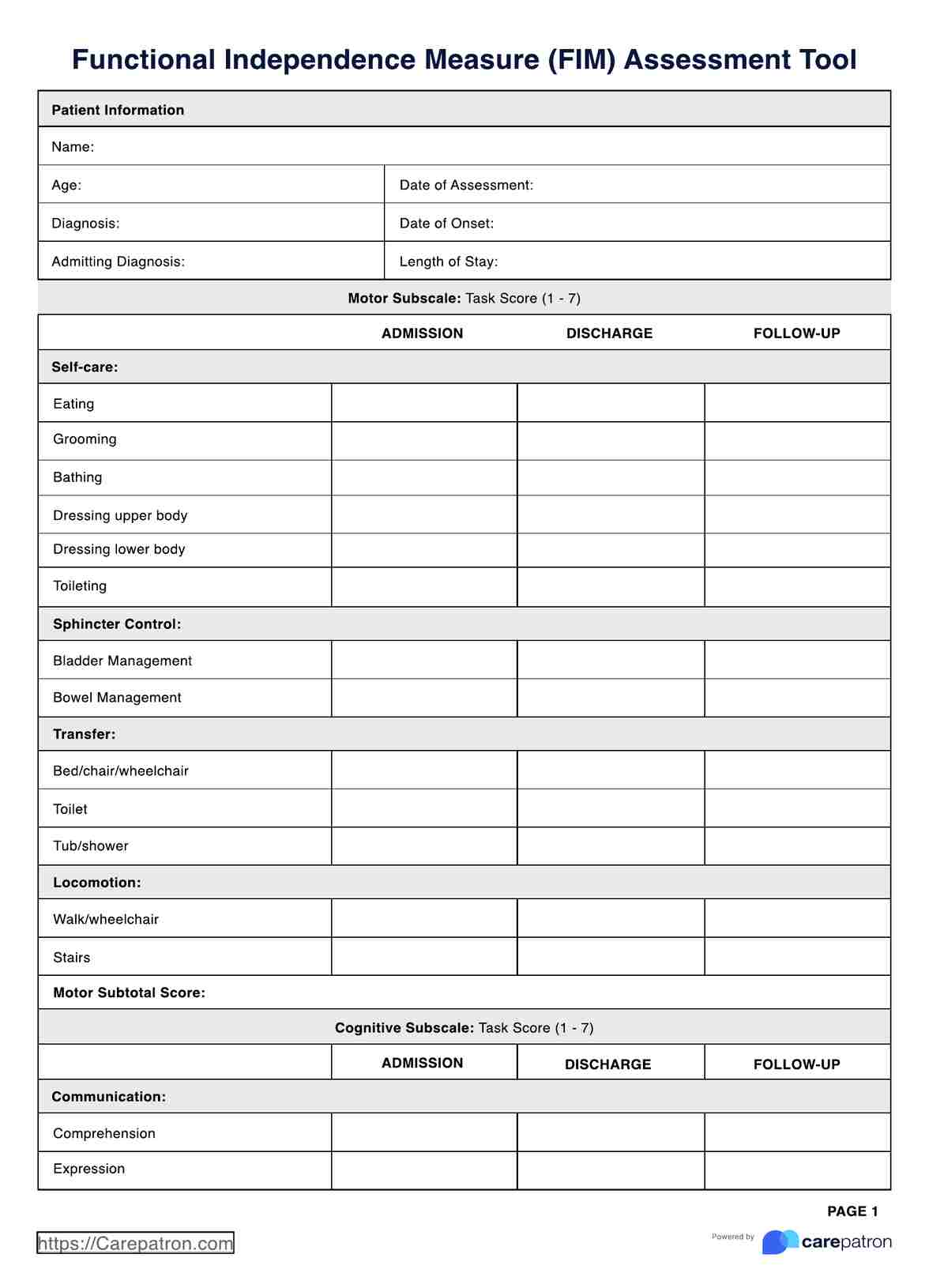
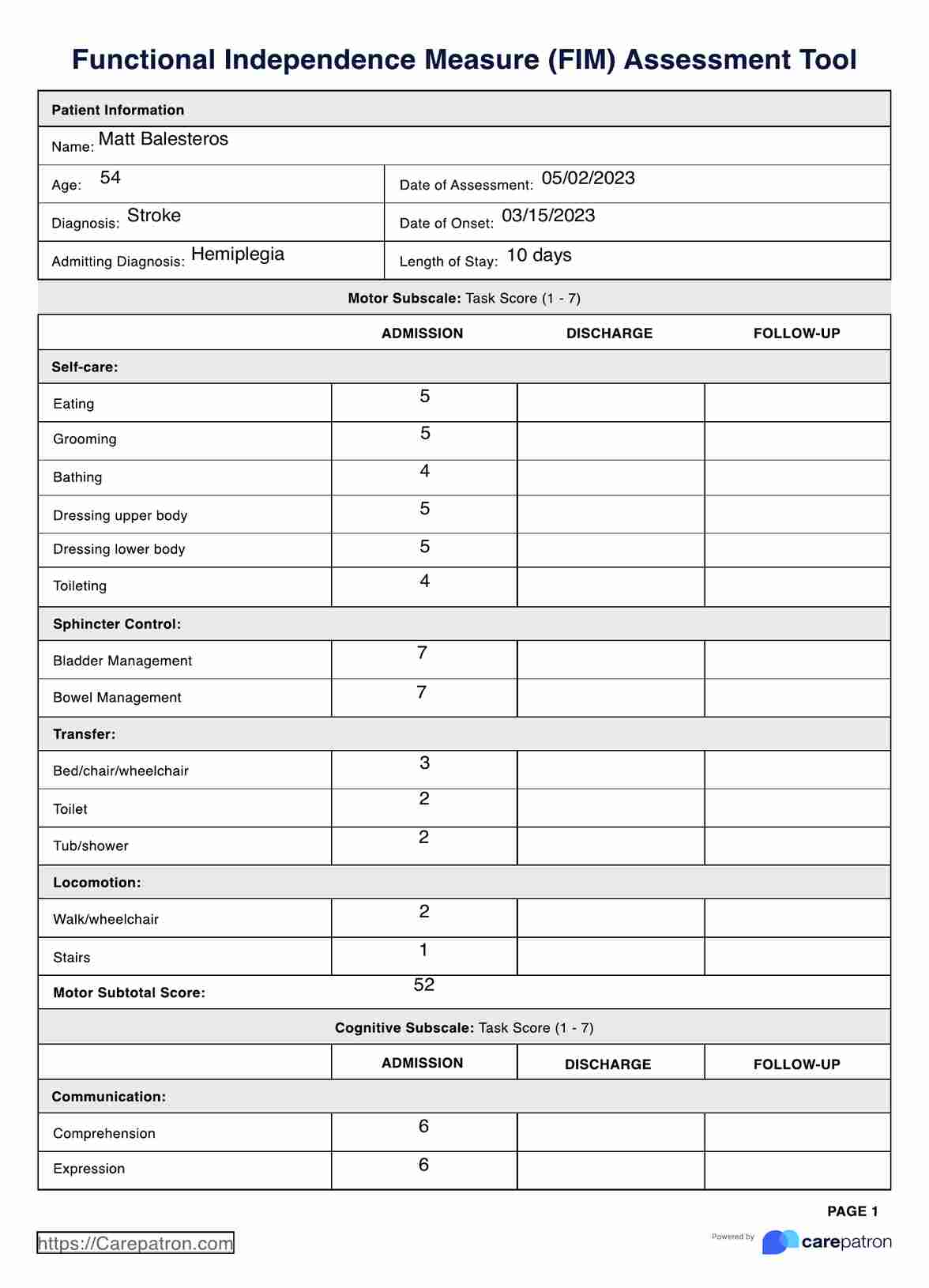


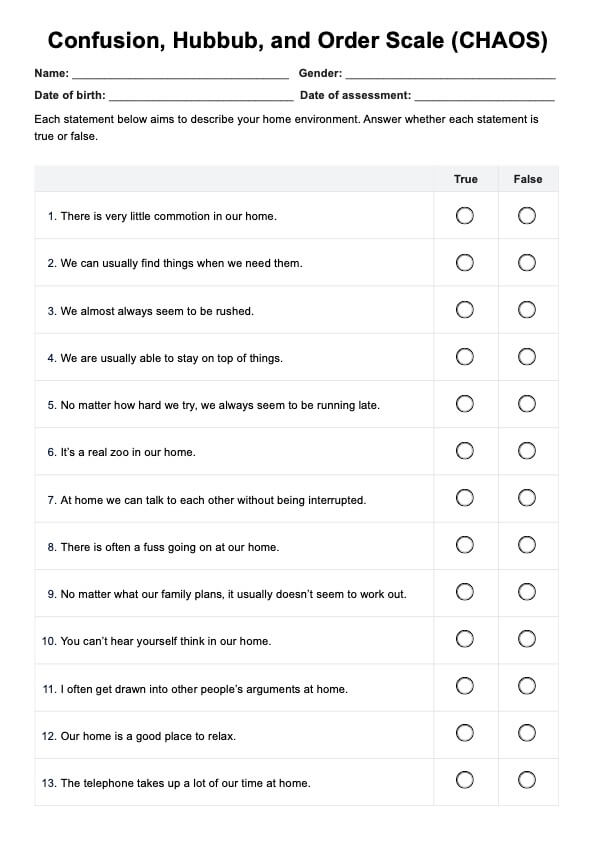














-template.jpg)






















































































